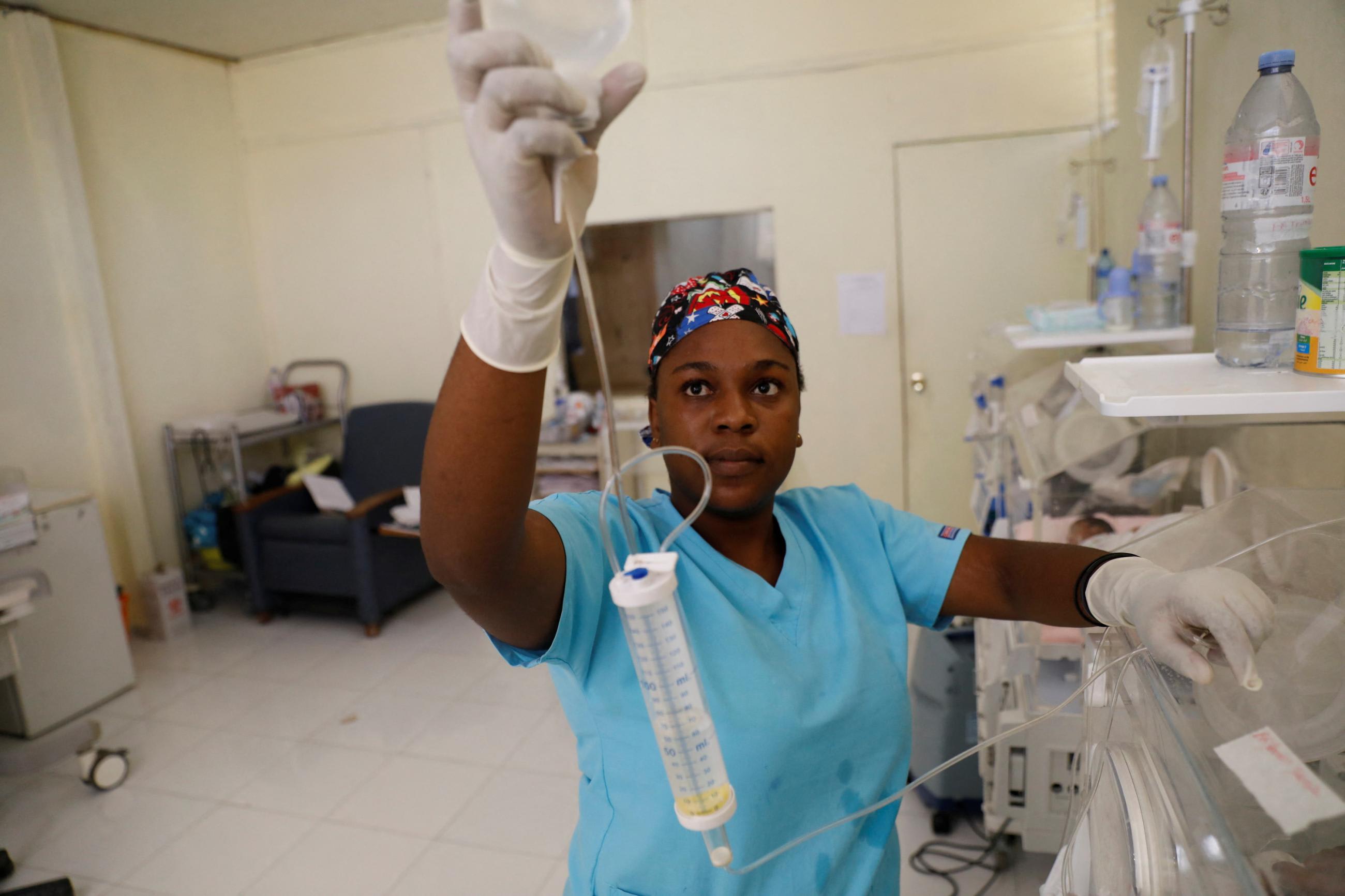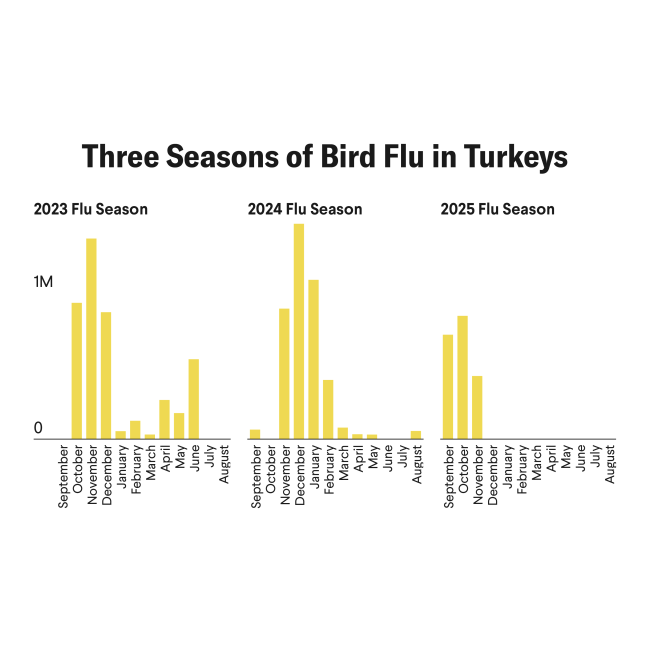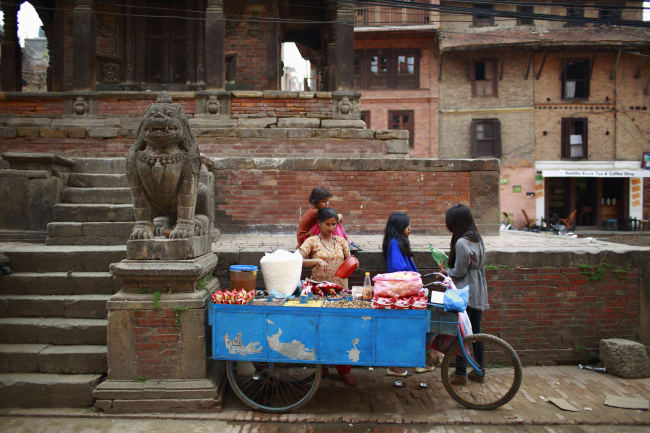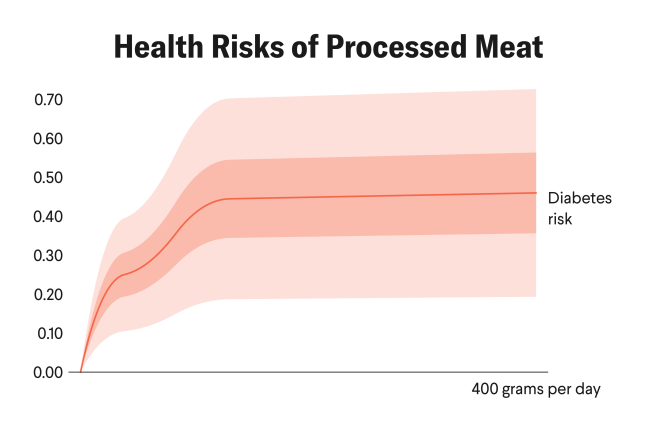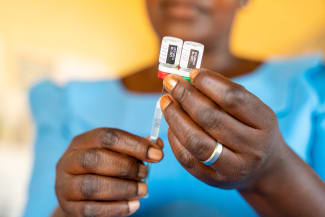Severe acute malnutrition (SAM) is the leading cause of death among children around the world—a crisis driven by climate change, armed conflicts, and widening inequality. Today, some 30 million children face SAM. Without treatment, a malnourished child is 11 times more likely to die than one who is healthy.
Researchers are working toward a better understanding of the connection between nutrition and gut health that would help in more effectively treating and preventing hunger-related deaths. Gut health is critical to overall well-being: An imbalance in bacteria can have negative impacts on the digestive, immune, and nervous systems. Recent research reveals that children who initially recover from SAM but later relapse are more likely to be suffering from a poor gut microbiome. Given this insight, scientists are presented with exciting new possibilities: What if they could influence the gut to help restore a healthy balance of bacteria and prevent relapse?
Between 2007 and 2022, the online search term gut microbiome grew by 1,400%, and products such as kombucha and kimchi became increasingly popular in Western markets. Alongside the topic's swelling presence in health columns and store shelves, our deepened understanding of the gut is changing how we conceptualize and treat certain diseases, including malnutrition.
Our deepened understanding of the gut is changing how we conceptualize and treat certain diseases, including malnutrition
For those who survive, childhood malnutrition has lifelong consequences. Lack of proper nutrients at a young age damages development, leading to stunted growth, mental impairment, and other physical challenges—including a weakening of the gut microbiome, where bacteria break down food to supply essential nutrients that fuel the body.
Ready-to-use therapeutic food (RUTF), a specially formulated, nutrient-dense paste that can be eaten directly from a packet, is central to the current standard treatment for childhood malnutrition around the world. This care method works remarkably well, can be administered at home, and has recovery rates of more than 90%. As a form of outpatient care, RUTF expands health-care access to children who live far from clinics or whose families cannot afford to spend days in the hospital.
Despite this highly effective tool, studies led by Action Against Hunger scientists reveal that 30% to 50% of recovered malnourished children can backslide without further intervention. Preventing relapse is just as important as initial treatment, and the gut could be key in counteracting a recurrence of malnutrition in children recovering from SAM.

Malnutrition scientists are collaborating with microbiome experts to sample and potentially culture beneficial microbes that could eventually be delivered via food or capsules to children to help restore their microbiome as they recover from SAM, bringing their whole body back to total health. This possibility is within reach. For example, increases in certain intestinal bacterial species in the gut are related to diarrhea, one of the most common causes of malnutrition in children. Manipulating this microbiota could reduce the risk of dangerous episodes and prevent relapse.
Still, obstacles remain. Gut microbiomes differ regionally and are influenced by genetics, diet, and environmental factors such as air and soil. For example, a healthy gut microbiome in the United States will look different than one in Bangladesh, Haiti, or Sudan. Developing effective microbiome treatments will require studying gut cultures from SAM-affected regions worldwide and understanding the distinctions. By analyzing these samples, researchers could identify key microbial communities that could in turn be cultured and used to enhance therapeutic foods or develop targeted treatments. The early stages of this research have begun, and breakthroughs could mean significant improvements in malnutrition recovery once and for all.
The world can usher in a new era in the fight against child malnutrition
Innovations like gut microbiome research offer tremendous hope, but the path forward requires substantial investment and collaboration among researchers, health-care providers, local communities, and the private sector. As the field looks toward this next frontier in treating malnutrition, effective use of resources is essential to ensuring that as many children as possible have access to the lifesaving treatment they need. Currently, with limited resources, only about 25% of children suffering from SAM ever receive treatment. Those working to address this health emergency need to make treatment more efficient to help available care go further.
By promoting gut restoration, public health researchers aim to conserve resources, sustain recovery, and prevent future episodes so that fewer children fall back into dangerous and often deadly situations. With these new technologies and scientific insights, not only can nutrition programs prevent relapse, but scientists could also soon develop therapies with the potential to prevent malnutrition altogether.
Addressing hunger's root causes, such as climate change, chronic inequality, and conflict, is essential. In the meantime, by harnessing these new treatment methods, global health programs have the potential to reach more vulnerable children, create more effective interventions, and prevent reoccurring malnutrition. The world can usher in a new era in the fight against child malnutrition—an era when every child has access to the care they need not only to survive but also to thrive in the long term.
